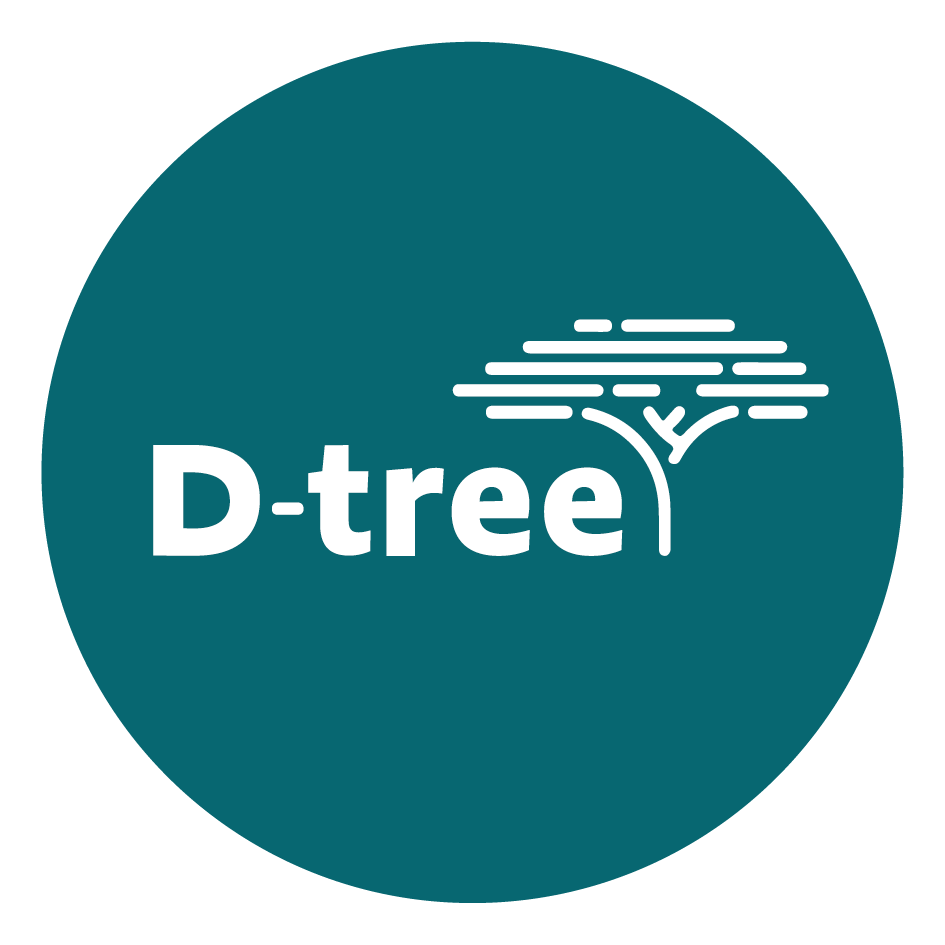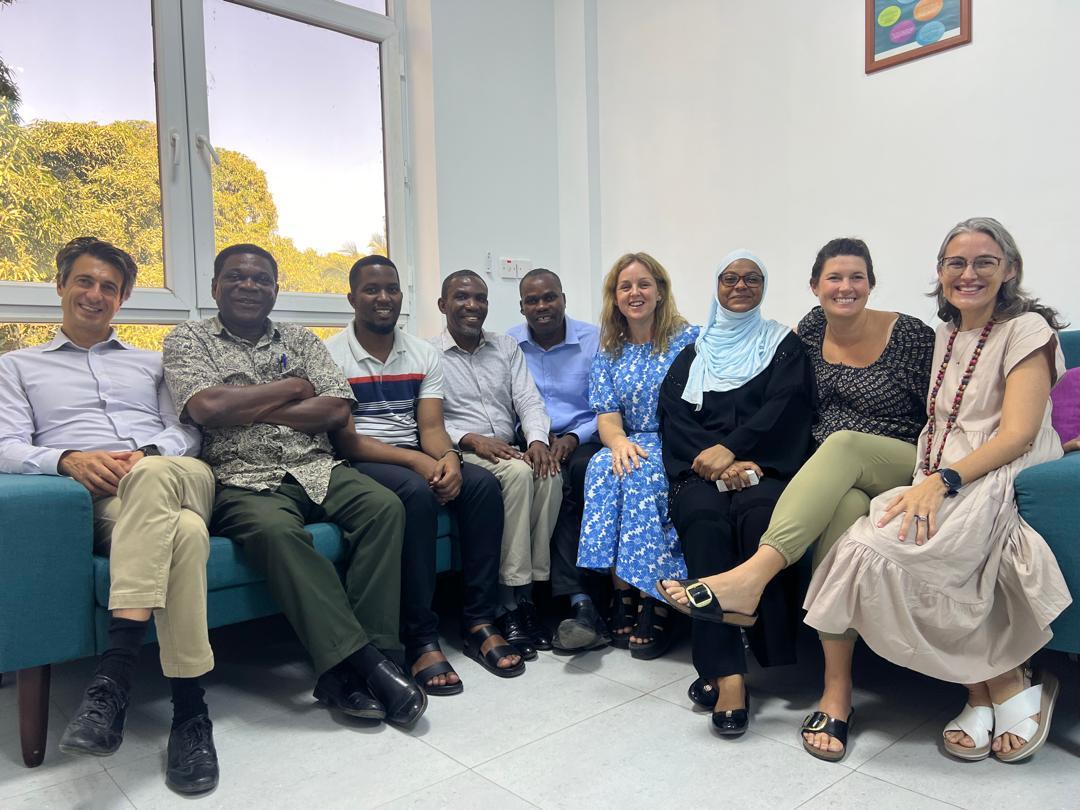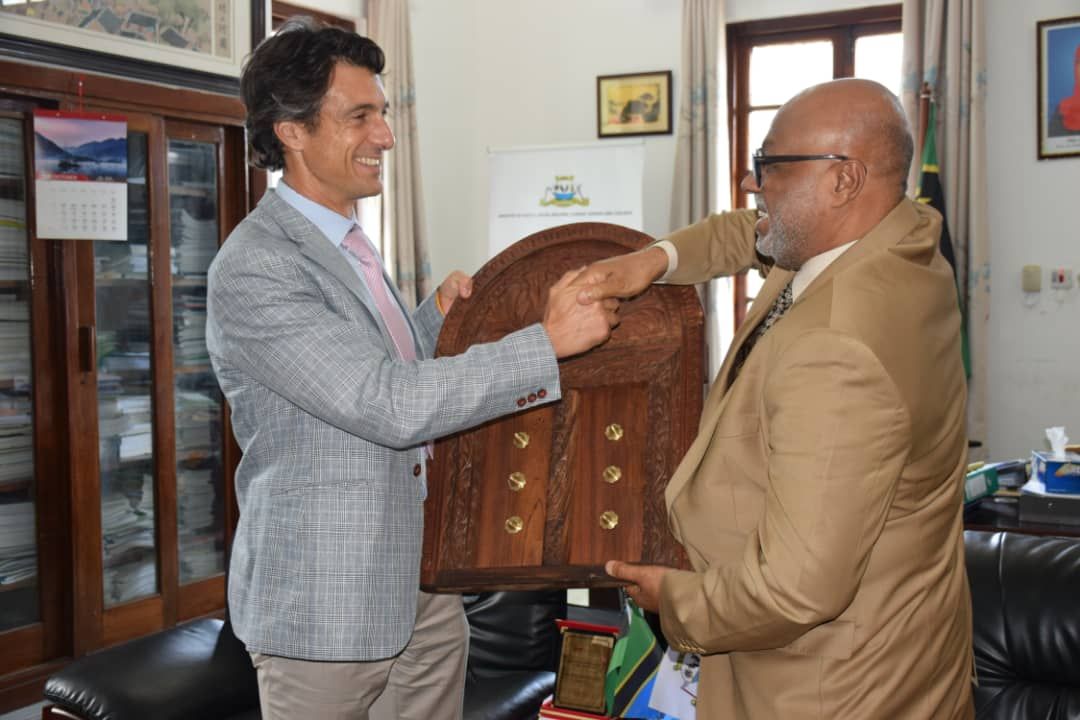Amira, 32 weeks pregnant, visits a clinic in Tanzania for one of her antenatal care visits. She is diagnosed with high blood pressure and prescribed medication. Weeks later, she runs out of pills. At home, a community health worker visits her as part of the routine antenatal care controls and Amira mentions a headache. If the community health worker had known about her diagnosis from the clinic, Amira would have been immediately referred to a hospital for possible pre-eclampsia – a life-threatening risk to her and her child. But without access to Amira’s clinical history, the community health worker makes a decision in the dark: the headache is dismissed and Amira and her baby are at risk of dying.
Stories like Amira’s happen too often. Clinics and community health workers operating in separate worlds, with no way to share vital information. And without patient history, health workers are unable to make informed decisions and provide their patients with the best quality care.
“Clinics and community health workers operating in separate worlds, with no way to share vital information. And without patient history, health workers are unable to make informed decisions and provide their patients with the best quality care.”
The result? Missed warning signs, delayed care and lives cut short – despite the existence of tools and knowledge that could change everything. Simple solutions like automatic medication reminders for patients and seamless exchange of essential information between clinics and community health workers, including timely follow-up for newborns and mothers, can make a significant difference.
When I worked at Terre des hommes, I saw how difficult it was for clinic-based providers to make the best decisions without a complete picture of a patient’s health journey. Health is not determined in the single moment someone visits a facility, but it unfolds across homes, communities and clinics – it is a journey. Without the ability to follow the journey, health providers work in the dark.
Later, at D-tree, I saw the same challenge from the community side, as we scaled digitally enabled programs led by community health workers. I began to imagine the potential of systematically connecting clinics and communities, enabling every health worker, across both settings, to make timely, informed decisions that improve outcomes across an individual’s entire care journey.
In 20 years, at D-tree we have seen how digital technology can solve deep-rooted health challenges. With mobile phones in nearly every hand and AI advancing rapidly, this is more true than ever. But we have also learned a critical truth: technology alone will not create lasting change and certainly not for everyone. It only works when it is shaped to fit the context. It must be easy to use, affordable to sustain and owned by the people and systems it serves. That’s why we work side-by-side with governments to strengthen what already exists, not replace it. We help health systems work better: how care is delivered, how data is used and how people are supported at every step of their care journey.
In recent years, we have partnered with the national governments of Zanzibar, Mainland Tanzania, Malawi and Zambia to:
- Co-develop innovations and embed them into public systems for long-term scale.
- Equip 10,900 health workers and hundreds of policymakers with tools to act faster and smarter.
- 95% of government staff report better capacity to use health data for decisions.
- 98% of health workers report greater confidence and capacity to make better decisions and deliver care.
- Influence 11 national policies and strategies with clear, actionable analysis.
With this strong foundation in place, and building on everything we’ve learned, I’m so excited about our next chapter as we launch our new 2025-2028 strategy for people-centred care: from better decisions to better health. Read it here.
The new strategy focuses on three interconnected pillars:
- Raise the standard of care; quality is consistently high, at each point of care.
- Coordinate care journeys; linking and coordinating clinics, community health workers and people.
- Drive individual agency; giving people the knowledge and tools to take charge of their health.
By 2028, we aim to improve the healthcare journeys of at least 2 million people every year. With the right information, at the right time and in the right hands, we can build systems that help people, providers and government make the best decisions for the health of all. No woman, no child, no family should face the risks Amira faced. We know this reality is possible. And we’re building it now.
I would like to thank the team and partners for shaping the vision for our work over the next three years and into the future. You make it all possible.



